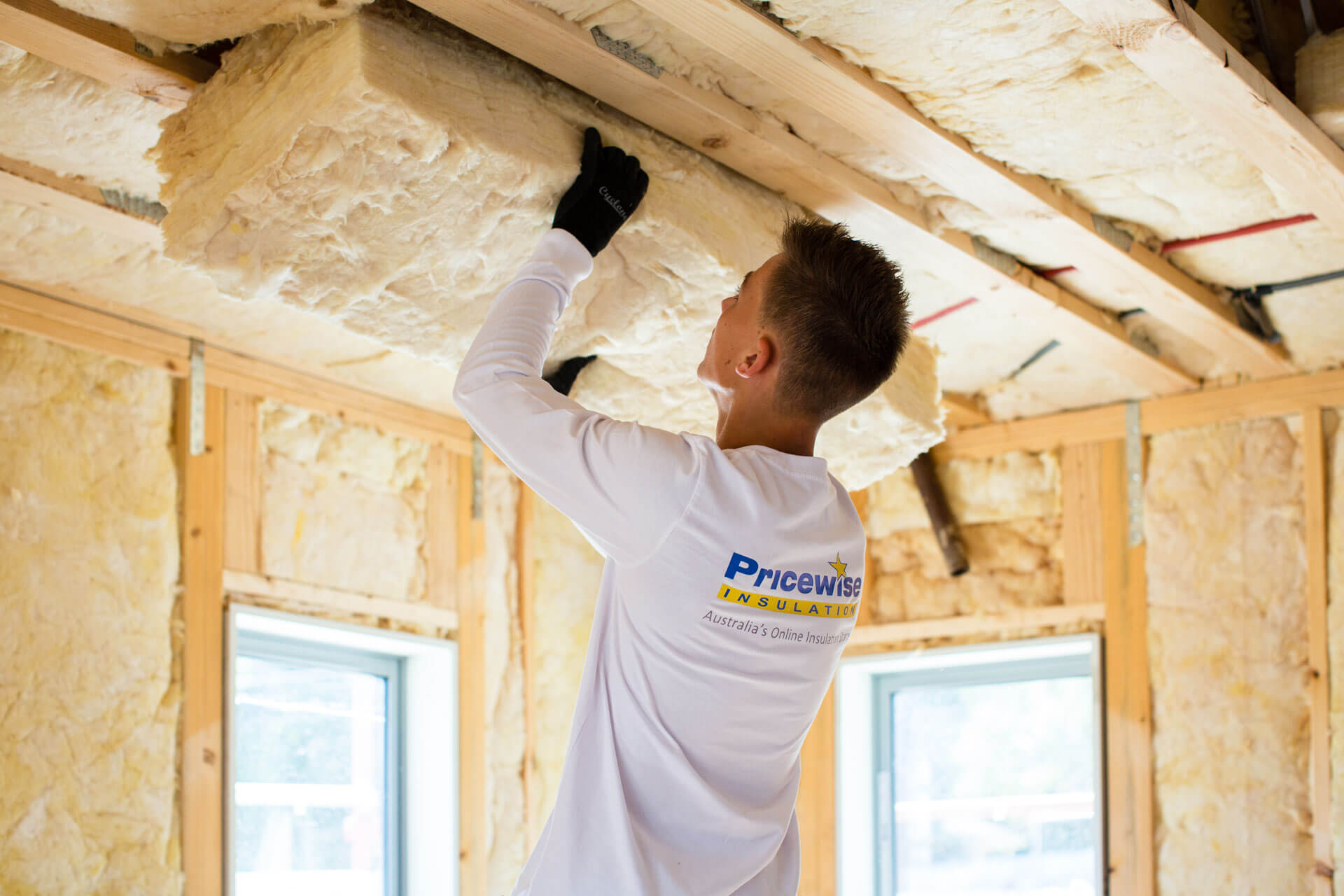

Articles
What Is R-7 Insulation Used For
Modified: October 19, 2024
Discover the benefits and applications of R7 insulation in our informative articles. Gain insights on how this high-performance insulation can improve energy efficiency and comfort in residential and commercial spaces.
(Many of the links in this article redirect to a specific reviewed product. Your purchase of these products through affiliate links helps to generate commission for Storables.com, at no extra cost. Learn more)
Introduction
Welcome to the world of insulation! If you’re a homeowner or a building professional, you’ve probably come across the term “R7 insulation” before. It’s an important factor to consider when it comes to energy efficiency and comfort in residential and commercial spaces. In this article, we will explore what exactly R7 insulation is, its benefits, applications, and how it compares to other types of insulation.
Insulation plays a crucial role in maintaining the desired temperature inside a building, whether it’s to keep it warm in the winter or cool in the summer. It acts as a barrier, preventing the transfer of heat between the inside and outside of a structure. The effectiveness of insulation is measured by its R-value, which indicates its ability to resist heat flow. The higher the R-value, the better the insulation’s thermal performance. And that brings us to R7 insulation.
R7 insulation refers to an insulation material or product that has an R-value of 7 per inch of thickness. It is considered a high-performance insulation option, providing excellent thermal resistance. It is often used in areas where there is limited space for installation but still requires significant insulation.
The primary purpose of R7 insulation is to improve energy efficiency by reducing heat loss or gain and maintaining a comfortable indoor environment. By effectively sealing the building envelope and minimizing thermal bridging, R7 insulation helps to lower energy consumption and utility bills.
Not only does R7 insulation enhance energy efficiency, but it also provides additional benefits. It helps to reduce noise transmission, improving the acoustics of a space. Moreover, it acts as a barrier against moisture and condensation, preventing any potential damage or mold growth.
Now that we understand what R7 insulation is and its benefits, let’s take a look at its various applications.
Key Takeaways:
- R7 insulation offers superior thermal performance with an R-value of 7 per inch, enhancing energy efficiency, reducing noise transmission, and controlling moisture for a comfortable indoor environment.
- When compared to other insulation types, R7 insulation provides high thermal resistance in a compact form, making it a valuable investment for long-term energy savings and comfort.
Read more: What Is R-13 Insulation Used For
What is R7 Insulation?
R7 insulation is a type of insulation material or product that has an R-value of 7 per inch of thickness. The R-value measures its thermal resistance, indicating how well it can prevent the transfer of heat. With an R-value of 7, it offers excellent thermal performance, making it one of the most effective insulation options available.
R7 insulation is typically made from various materials, including fiberglass, mineral wool, cellulose, or foam. Each material has its own unique properties and advantages, but they all aim to provide optimal insulation performance. The insulation is available in different forms, such as batts, rolls, boards, or loose-fill, allowing for easy installation in various applications.
The high R-value of R7 insulation makes it an ideal choice for areas that require significant insulation but have limited space available. It is commonly used in walls, ceilings, roofs, and floors to minimize heat transfer and maintain a comfortable indoor environment. It can be installed during construction or added as a retrofit insulation measure to improve the energy efficiency of existing structures.
One key aspect of R7 insulation is its ability to reduce thermal bridging. Thermal bridging occurs when there is a break in the continuity of insulation, allowing heat to flow through the gaps. With its high R-value, R7 insulation helps to minimize thermal bridging, resulting in improved energy efficiency and reduced heat loss or gain.
It is important to note that R7 insulation is not the highest R-value insulation available. There are insulation options with higher R-values, such as R10 or R20, which provide even greater thermal resistance. However, these higher R-value insulation products are often thicker and may not be suitable for applications where space is limited.
R7 insulation is a versatile insulation option that offers excellent thermal resistance in a compact form. Its high R-value and ability to minimize thermal bridging make it a popular choice for both residential and commercial applications. Whether you’re looking to insulate your home, office, or other building structures, R7 insulation can help improve energy efficiency, reduce utility bills, and create a comfortable indoor environment.
Benefits of R7 Insulation
R7 insulation offers a wide range of benefits that make it a popular choice for homeowners and building professionals. Let’s explore some of the key advantages of using R7 insulation:
- Excellent Thermal Performance: The high R-value of R7 insulation ensures superior thermal resistance. It effectively reduces the transfer of heat, keeping the interior of a building comfortable and energy-efficient. By minimizing heat loss or gain, R7 insulation helps to maintain a consistent and desirable temperature throughout the year.
- Energy Efficiency: With its exceptional thermal performance, R7 insulation significantly improves the energy efficiency of a building. By reducing heat transfer, it lessens the reliance on heating and cooling systems, leading to lower energy consumption and utility bills. The energy savings provided by R7 insulation not only benefit the homeowner or building owner financially but also have a positive environmental impact by reducing carbon emissions.
- Noise Reduction: In addition to thermal insulation, R7 insulation also acts as a sound barrier. It helps to reduce the transmission of noise, creating a quieter and more peaceful indoor environment. Whether you live in a noisy urban area or want to create a more peaceful atmosphere in your home or office, R7 insulation can greatly enhance the acoustics of a space.
- Moisture and Condensation Control: R7 insulation is designed to resist moisture and condensation. By creating a barrier, it helps prevent water vapor from infiltrating the walls or ceilings and causing damage or promoting mold growth. This moisture resistance feature of R7 insulation ensures the longevity and durability of the building structure.
- Improved Indoor Air Quality: R7 insulation plays a role in enhancing indoor air quality by preventing the infiltration of outdoor pollutants, allergens, and dust particles. It acts as an additional layer of protection against outdoor air contaminants, helping to create a healthier and cleaner living environment.
- Easy Installation: R7 insulation is available in various forms, such as batts, rolls, boards, or loose-fill, making it versatile and easy to install. It can be fitted between walls, in attics, or under floors, depending on the specific application. The ease of installation ensures a smooth and efficient insulation process.
Overall, R7 insulation offers a multitude of advantages, including excellent thermal performance, energy efficiency, noise reduction, moisture control, improved indoor air quality, and easy installation. Whether you’re looking to upgrade your home’s insulation or enhance the energy efficiency of a commercial building, R7 insulation is a reliable and effective choice.
Applications of R7 Insulation
R7 insulation is a versatile insulation option that can be used in a variety of applications to improve energy efficiency and thermal performance. Let’s take a closer look at some common applications of R7 insulation:
- Walls: R7 insulation is commonly used in exterior walls of both residential and commercial buildings. It helps to reduce heat transfer through the walls, keeping the interior space comfortable and energy-efficient. Whether it’s new construction or a retrofit project, R7 insulation can be installed between wall studs or as continuous insulation on the exterior of the wall.
- Attics: Attics are one of the primary areas where heat loss or gain occurs. By installing R7 insulation in the attic floor or between the roof rafters, you can significantly improve the energy efficiency of your home or building. R7 insulation helps to prevent heat transfer between the attic and the conditioned living space, ensuring better temperature control and reduced energy usage.
- Floors: R7 insulation is often used in floors to minimize heat loss and increase energy efficiency. It can be installed between floor joists or under the floors, depending on the construction design. R7 insulation in floors helps to create a comfortable and well-insulated living or working environment.
- Roofs: R7 insulation is suitable for different types of roofs, including flat roofs and pitched roofs. It can be installed between the roof rafters or as a continuous layer. By providing effective thermal resistance, R7 insulation helps to maintain a consistent temperature inside the building and reduces the energy needed to cool or heat the space.
- Ceilings: Installing R7 insulation in ceilings helps to prevent heat transfer through the roof and upper floor. It is especially beneficial in buildings with multiple stories or in areas with extreme temperature conditions. R7 insulation in ceilings provides excellent thermal resistance, contributing to energy savings and improved comfort.
- Pipes and Ducts: In addition to insulating building envelopes, R7 insulation can also be used to insulate pipes and ductwork. By adding insulation to these components, you can minimize heat loss or gain during the distribution of hot or cold air or fluid. Insulated pipes and ducts help to maintain efficient temperature control and reduce energy waste.
These are just a few examples of the many applications of R7 insulation. Whether it’s for residential homes, commercial buildings, or industrial facilities, R7 insulation can be tailored to suit different construction designs and requirements. Its versatility and high thermal performance make it a reliable choice for enhancing energy efficiency and comfort in various applications.
R7 insulation is typically used in areas with extreme temperatures, such as attics and basements. It provides a higher level of thermal resistance, making it ideal for maintaining a comfortable indoor temperature and reducing energy costs.
R7 Insulation vs. Other Insulation Types
When it comes to insulation, there are various options available, each with its own unique characteristics and advantages. Let’s compare R7 insulation with other popular insulation types to understand their differences:
- Fiberglass Insulation: Fiberglass insulation is a commonly used and cost-effective insulation option. It is available in batts, rolls, or loose-fill form. While R7 insulation offers a higher R-value, fiberglass insulation typically has a lower R-value per inch. However, fiberglass insulation can be layered to achieve a higher overall R-value if required.
- Spray Foam Insulation: Spray foam insulation is a versatile option that provides an excellent air and moisture barrier. It expands as it is applied, filling gaps and tight spaces effectively. Spray foam insulation offers a high R-value and is known for its excellent thermal performance. However, it can be more expensive than R7 insulation and requires professional installation.
- Cellulose Insulation: Cellulose insulation is made from recycled paper products and treated with fire retardants. It is an eco-friendly option that provides good thermal resistance. While R7 insulation offers a higher R-value, cellulose insulation can be applied as loose-fill or sprayed into cavities, providing better coverage and reducing air infiltration.
- Mineral Wool Insulation: Mineral wool insulation is made from volcanic rock or slag, offering excellent fire resistance. It provides good thermal and sound insulation properties. While R7 insulation has a higher R-value, mineral wool insulation offers better resistance to high temperatures and can be a preferred choice in applications where fire safety is a concern.
- Rigid Foam Insulation: Rigid foam insulation, such as expanded polystyrene (EPS) or extruded polystyrene (XPS), offers high R-values and excellent moisture resistance. It is used in various applications, including walls, roofs, and below-grade installations. While R7 insulation provides a high R-value per inch, rigid foam insulation can achieve higher overall R-values due to its thicker insulation panels.
Ultimately, the choice between R7 insulation and other insulation types depends on various factors such as budget, space limitations, climate, and specific project requirements. R7 insulation is particularly advantageous when space is limited but significant insulation is still needed. It offers high thermal resistance in a compact form, making it a suitable choice for applications where maximizing the R-value per inch is crucial.
It is important to consult with insulation professionals or contractors to determine the most suitable insulation type for your specific needs. They can assess factors like budget, climate conditions, building design, and energy efficiency goals to recommend the most effective and appropriate insulation option.
Read more: What Is R-19 Insulation Used For?
Cost and Installation of R7 Insulation
When considering insulation options, it’s essential to take into account both the cost and the installation process. Here’s what you need to know about the cost and installation of R7 insulation:
Cost:
The cost of R7 insulation can vary depending on several factors, including the insulation material, the size of the project, and the location. On average, R7 insulation may be slightly more expensive compared to insulation options with lower R-values, such as R-value 3 or 4. However, it is important to consider the long-term energy savings that R7 insulation can provide. By reducing energy consumption and utility bills, the initial investment in R7 insulation can often be recouped over time.
Additionally, the cost of R7 insulation may also depend on the installation method. If professional installation is required, there may be additional labor costs. However, for those who are skilled in DIY projects, installing R7 insulation yourself can help save on labor expenses.
Installation:
The installation of R7 insulation can be done by homeowners or by professional contractors. Here is a general overview of the installation process:
- Preparation: Before starting the installation, ensure that the area to be insulated is clean and free from any debris or obstructions. Clear away any existing insulation if necessary.
- Measurement and Cutting: Measure the area where the R7 insulation will be installed and cut the insulation material to fit the space accurately. It is crucial to wear proper protective gear, such as gloves and a mask, during this process.
- Placement: Place the R7 insulation in the desired location, making sure it fits snugly and covers the entirety of the area. Batts or rolls can be placed between wall studs, floor joists, or attic rafters. Loose-fill insulation can be poured or blown into walls or attics.
- Sealing and Securing: Once the insulation is in place, ensure that the seams are sealed properly to minimize air leakage. Use insulation tape or caulk to seal any gaps or areas where air might escape. For added security, use fasteners or insulation supports to hold the insulation in place.
- Finishing: After the installation, replace any fixtures or openings that were temporarily removed, such as electrical outlets or light switches. This will complete the insulation process, leaving the area properly insulated and ready for use.
It’s important to follow the manufacturer’s guidelines and recommendations for installation, as proper installation ensures optimal performance of the R7 insulation. If you are unsure or uncomfortable with the installation process, it is recommended to enlist the help of professional insulation contractors who have the expertise and experience to install R7 insulation efficiently and effectively.
By considering the cost and installation of R7 insulation, you can make an informed decision about the most suitable insulation option for your project. Whether you choose to install it yourself or hire professionals, R7 insulation offers excellent thermal resistance and energy efficiency, ensuring a comfortable and well-insulated living or working environment.
Conclusion
In conclusion, R7 insulation is a high-performance insulation option that provides excellent thermal resistance in a compact form. Its high R-value of 7 per inch of thickness makes it a reliable choice for improving energy efficiency and maintaining a comfortable indoor environment.
The benefits of R7 insulation are numerous. It offers enhanced thermal performance, reducing heat transfer and contributing to energy savings. It also helps to minimize noise transmission, control moisture and condensation, and improve indoor air quality. With its versatility and easy installation, R7 insulation can be used in various applications, including walls, attics, floors, roofs, and ceilings.
When comparing R7 insulation to other insulation types, it’s important to consider factors such as cost, space limitations, climate, and specific project requirements. While R7 insulation may be slightly more expensive than lower R-value options, it offers higher thermal resistance in a limited space, making it a valuable investment in long-term energy savings and comfort.
When it comes to the cost and installation of R7 insulation, pricing can vary depending on factors such as insulation material and installation method. DIY installation can help save on labor costs, but professional installation may be necessary for larger projects or if you are unsure about the installation process.
In conclusion, R7 insulation is a reliable choice for improving energy efficiency, reducing utility bills, and creating a comfortable indoor environment. Whether you’re insulating your home, office, or commercial building, R7 insulation provides excellent thermal resistance and contributes to a greener, more sustainable future.
Excited to boost your home's energy efficiency even further? Learning about R-7 insulation is just the start. For those ready to tackle the next project, mastering insulation installation is key. Our next guide walks you through how to install insulation on exterior walls the right way, ensuring you get maximum comfort and energy savings. Don't miss out on this essential read for any DIY enthusiast or homeowner looking to upgrade their living space.
Frequently Asked Questions about What Is R-7 Insulation Used For
Was this page helpful?
At Storables.com, we guarantee accurate and reliable information. Our content, validated by Expert Board Contributors, is crafted following stringent Editorial Policies. We're committed to providing you with well-researched, expert-backed insights for all your informational needs.
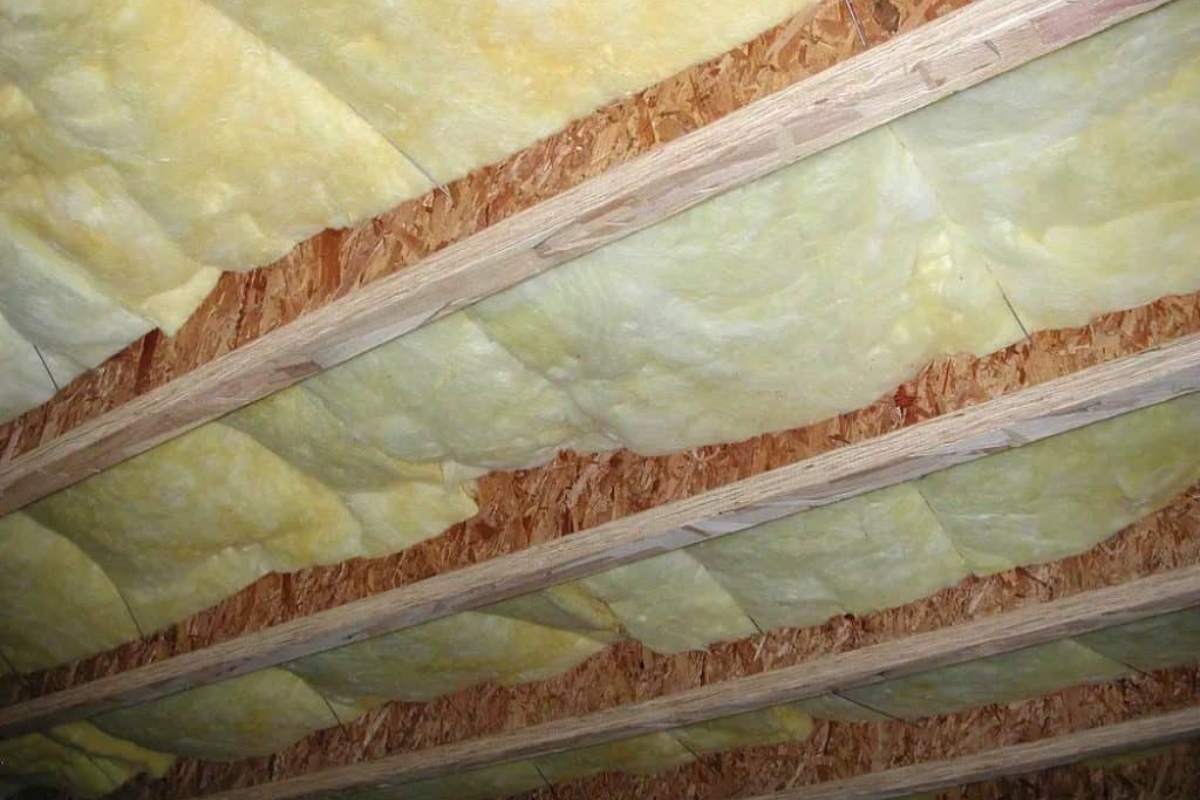
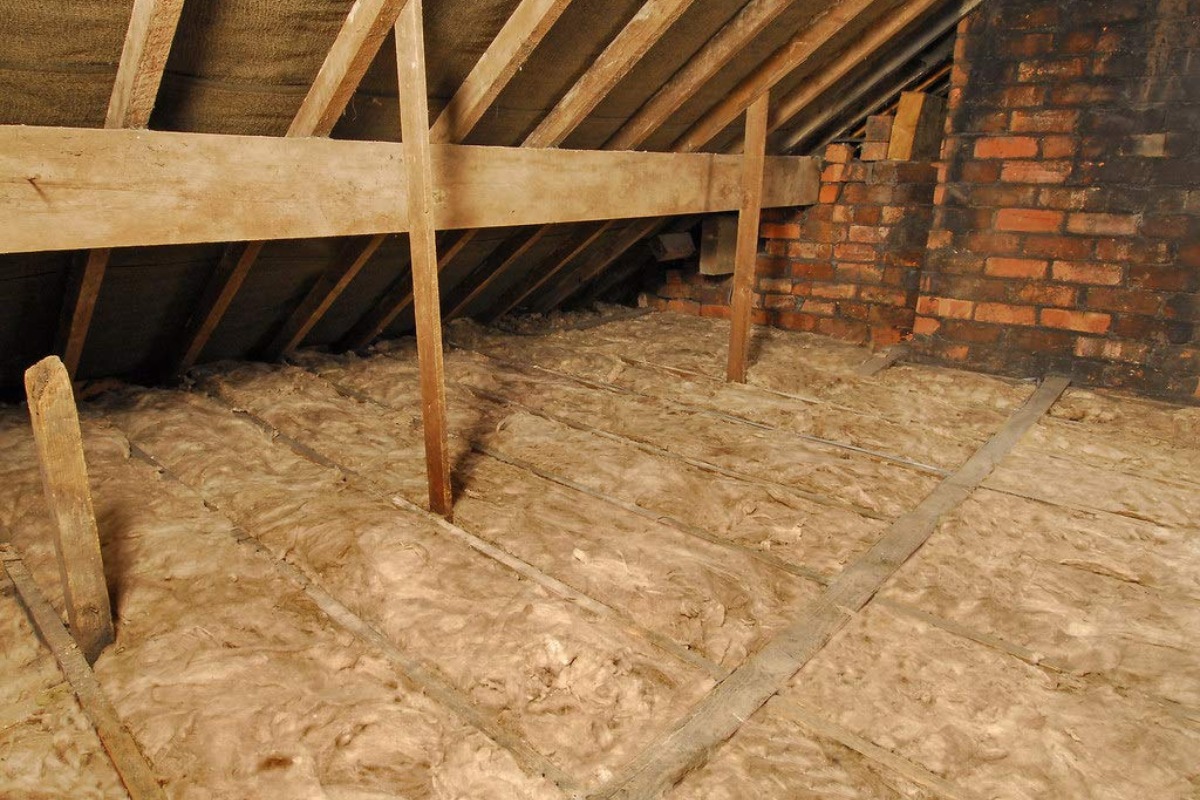
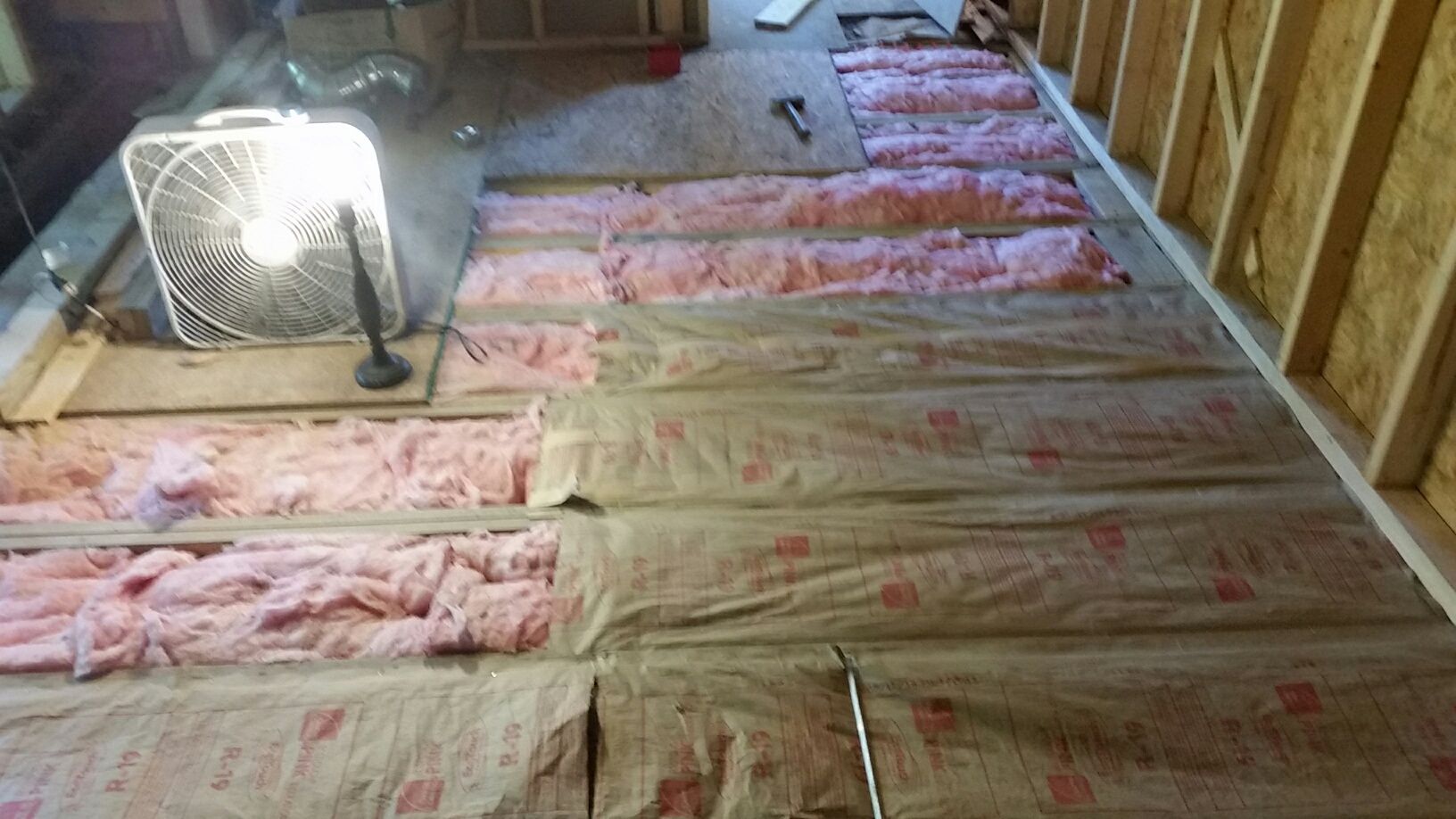
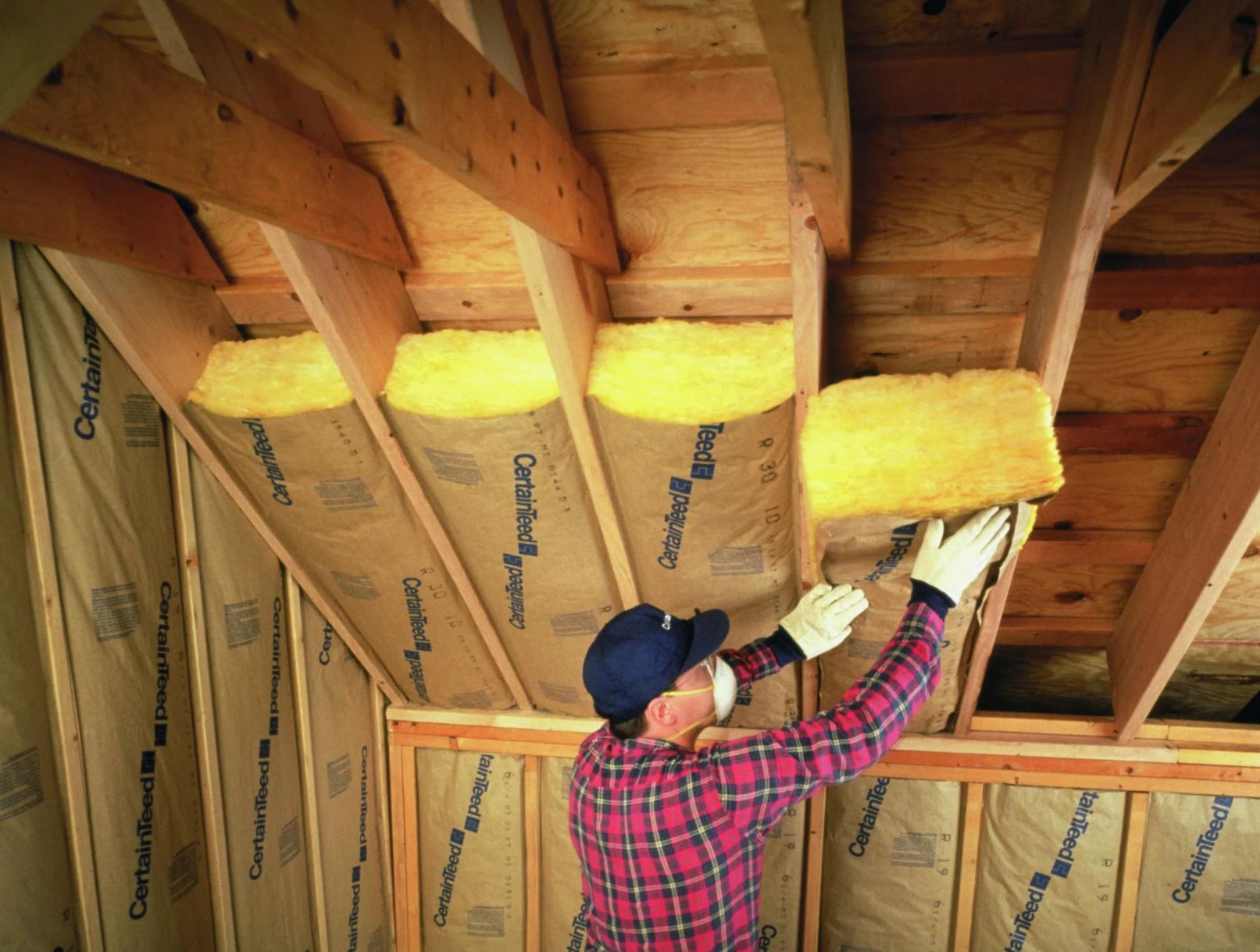
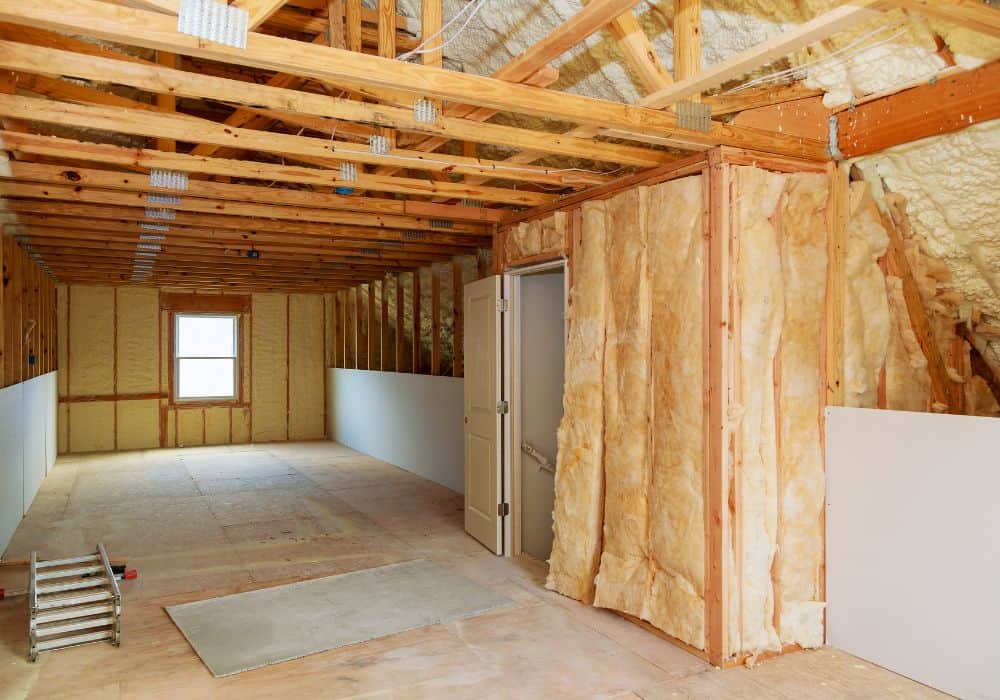
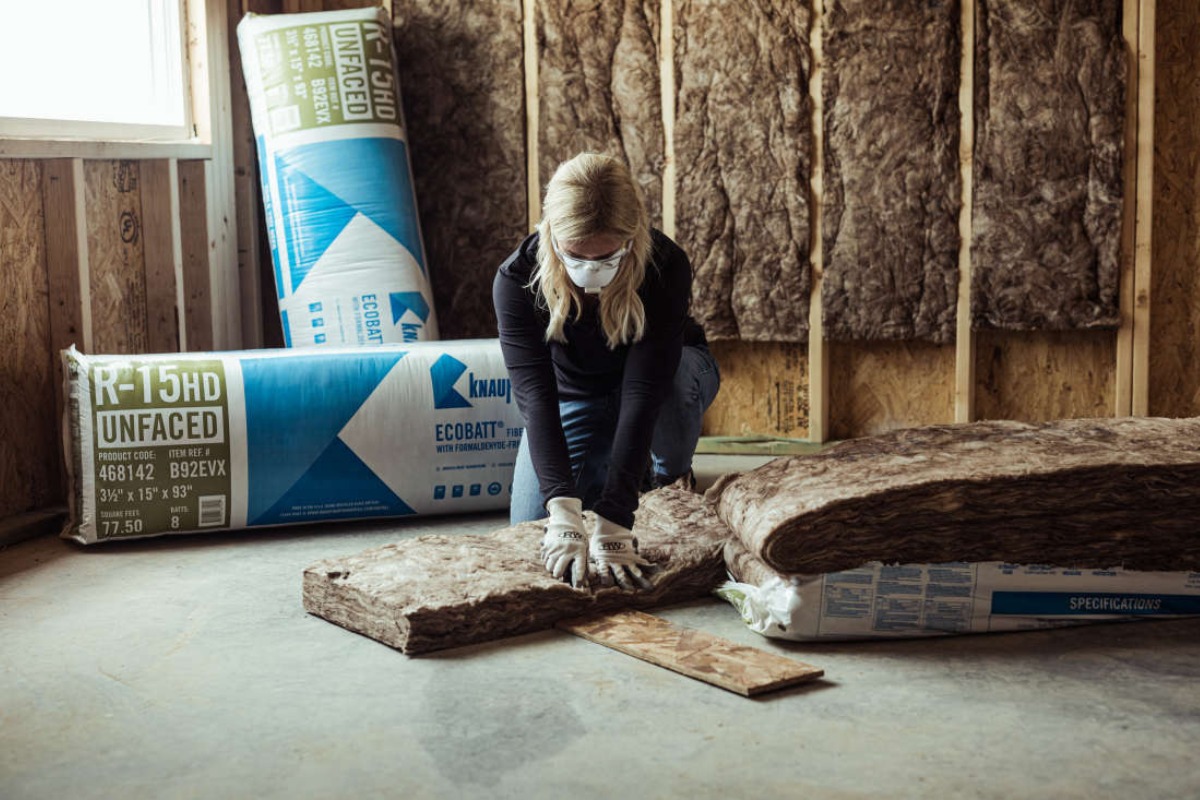
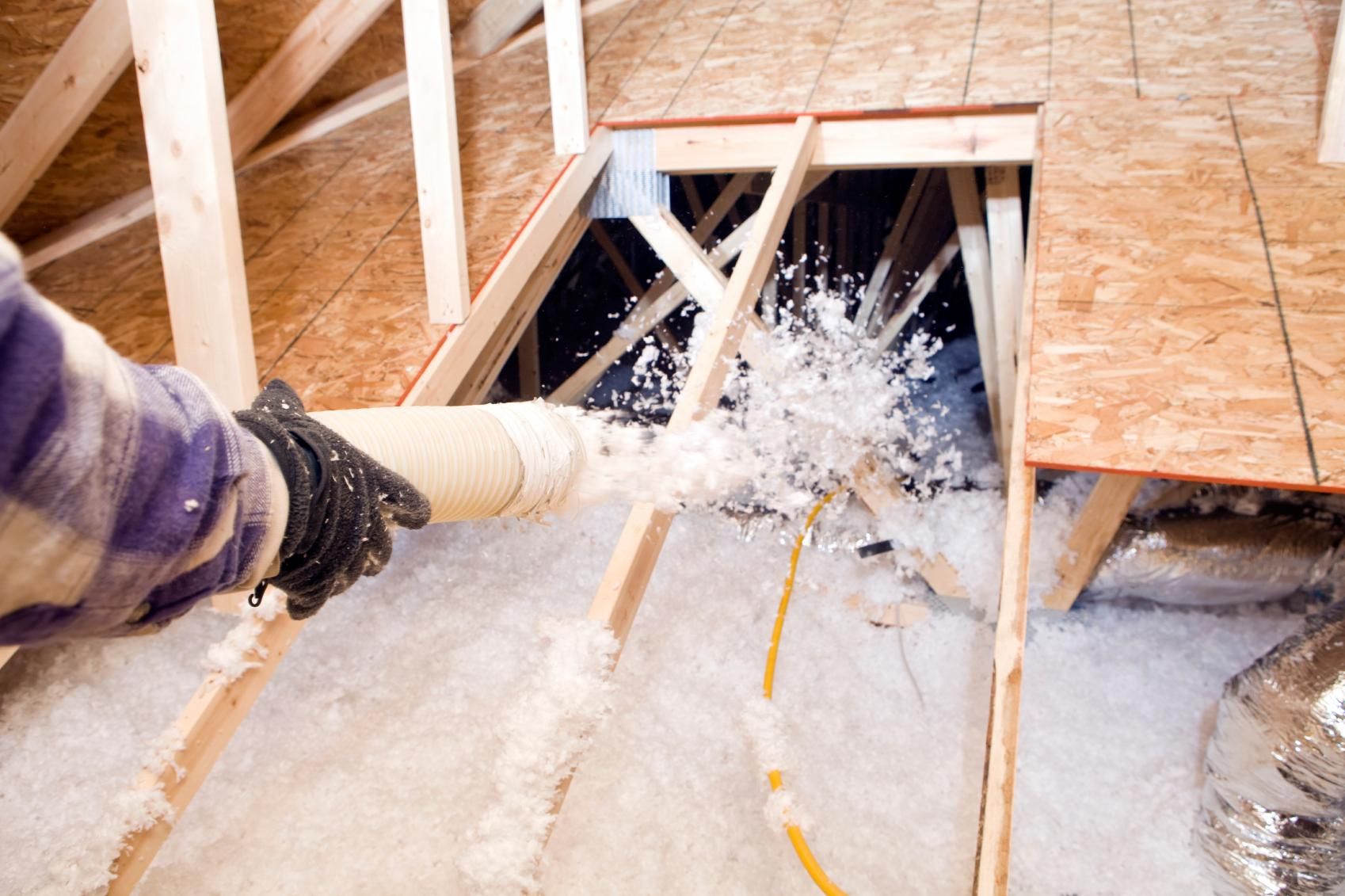
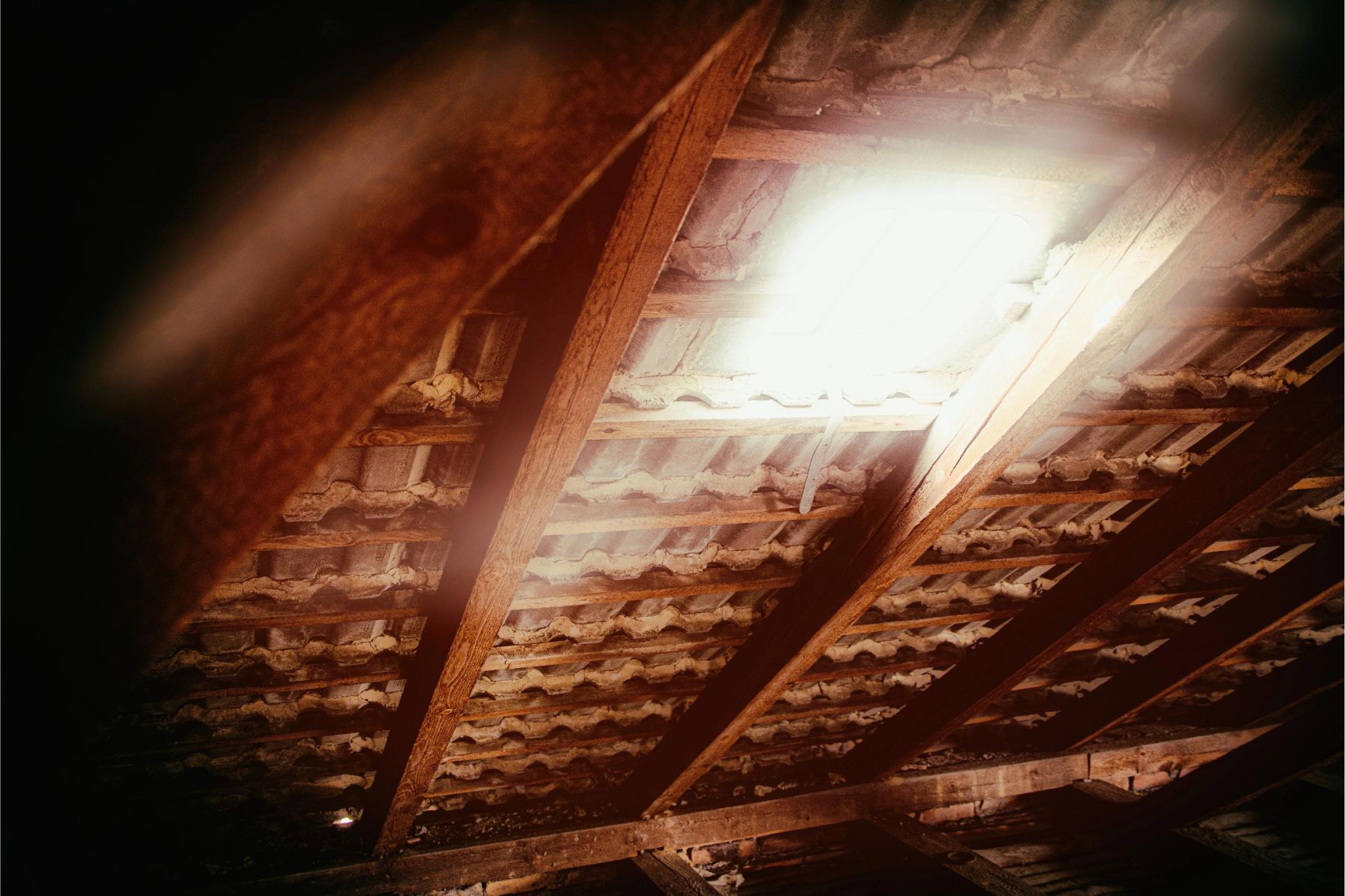
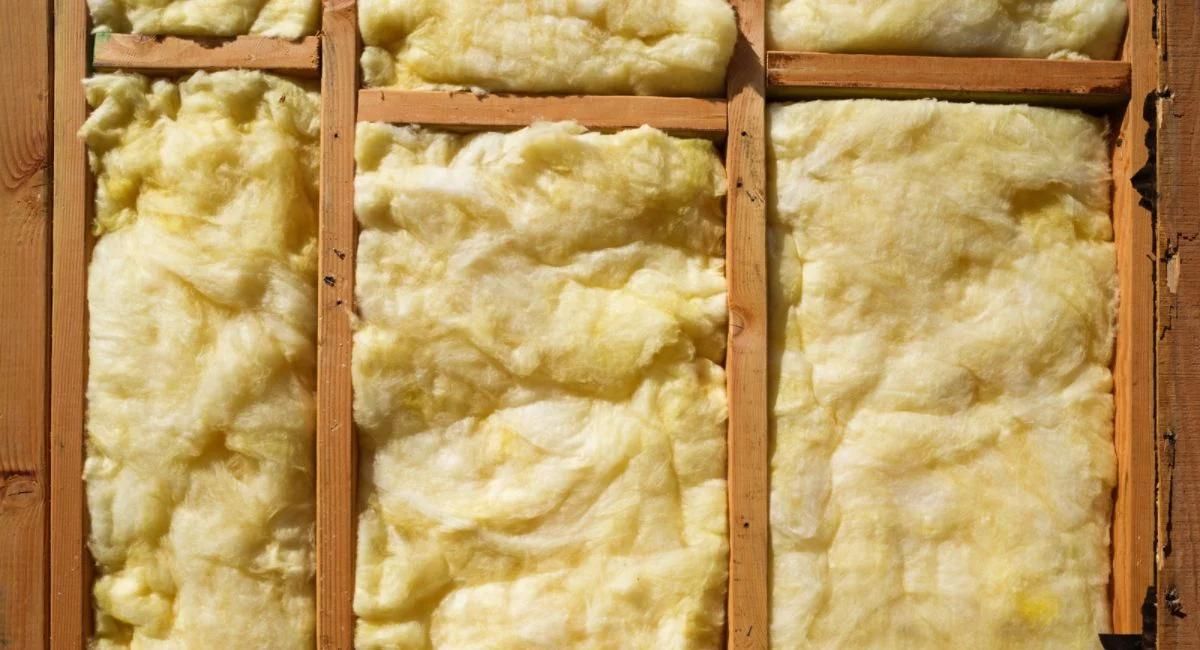
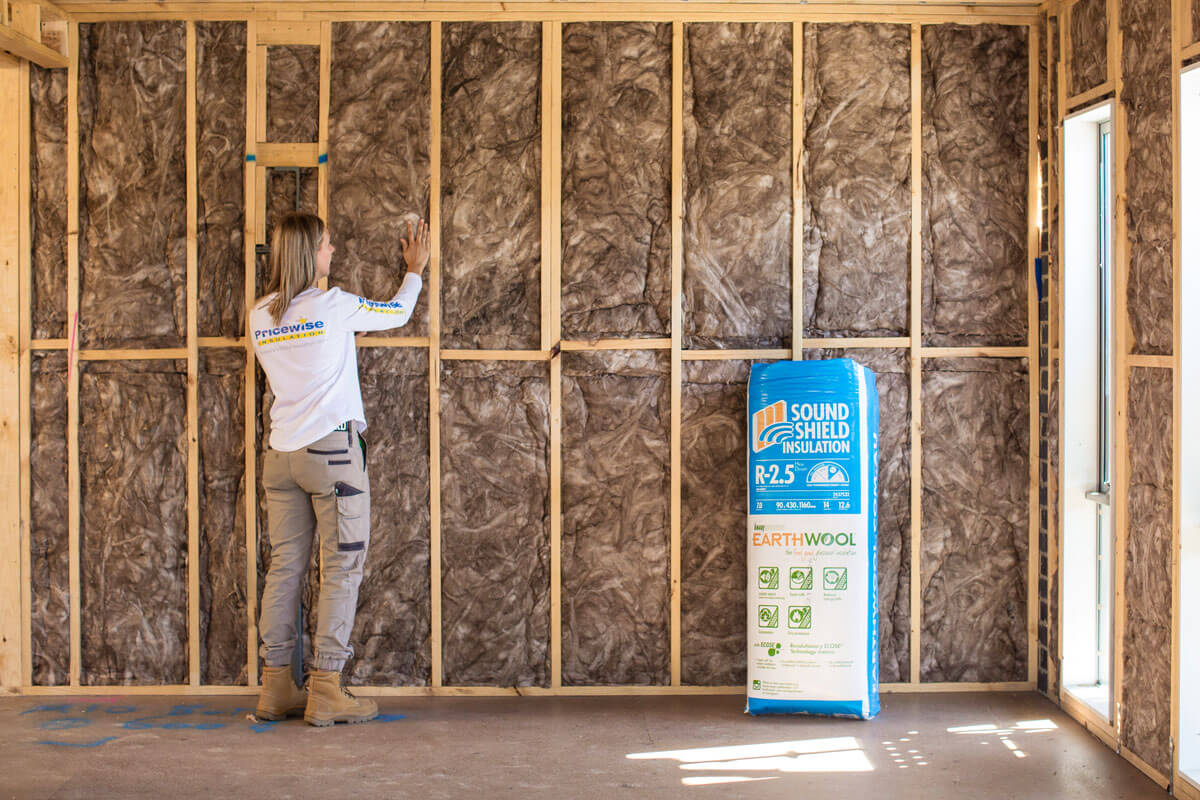
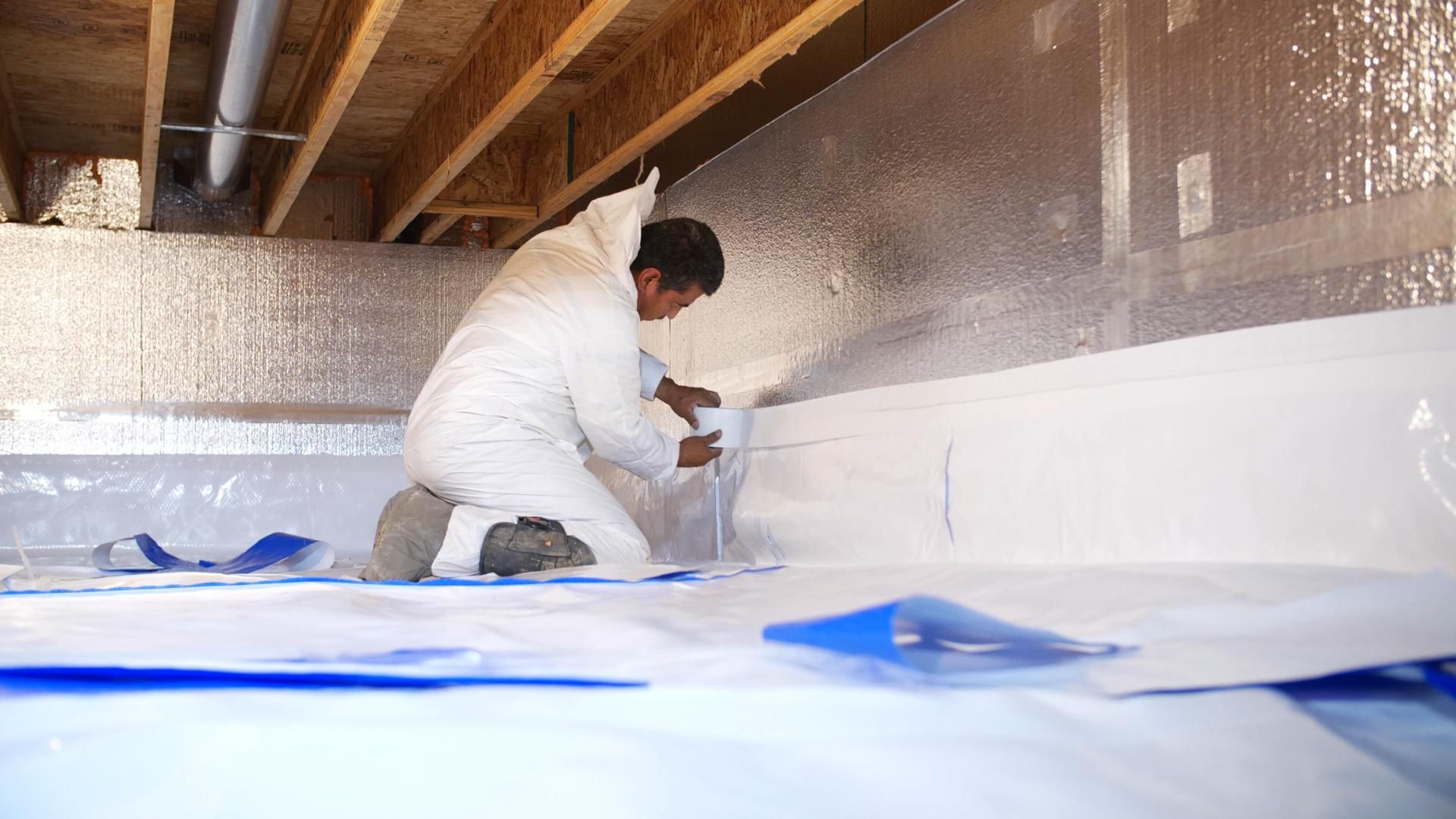
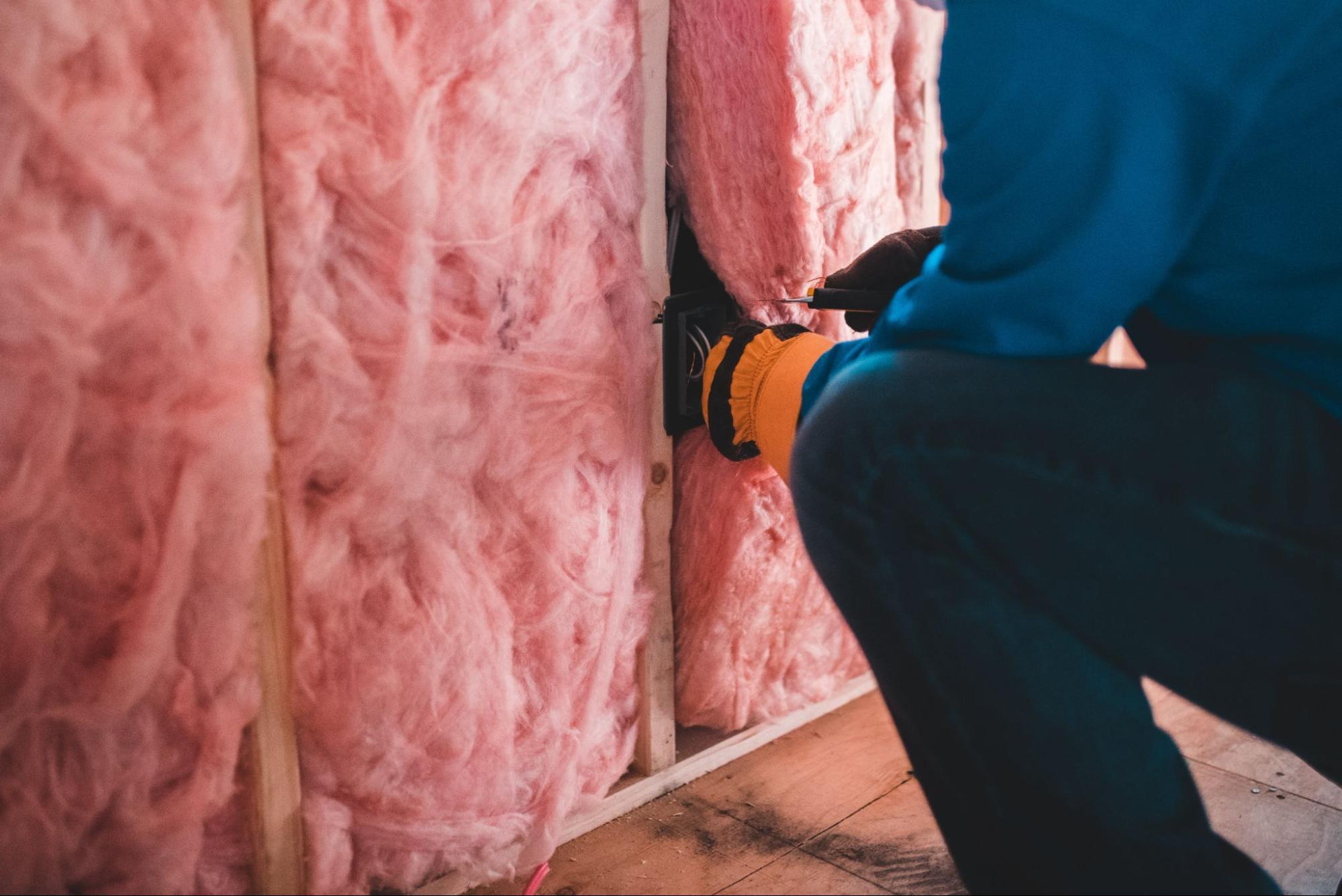
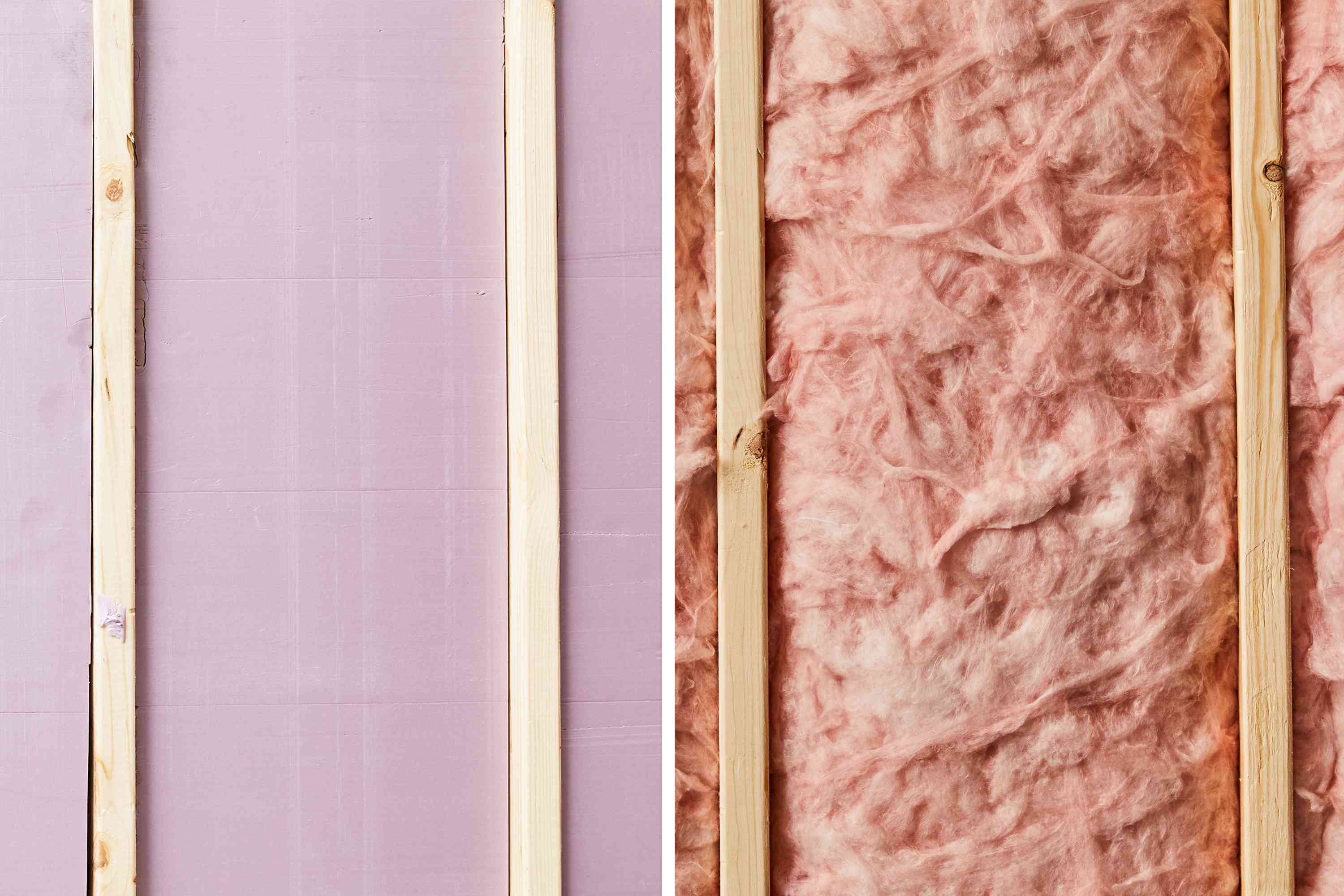
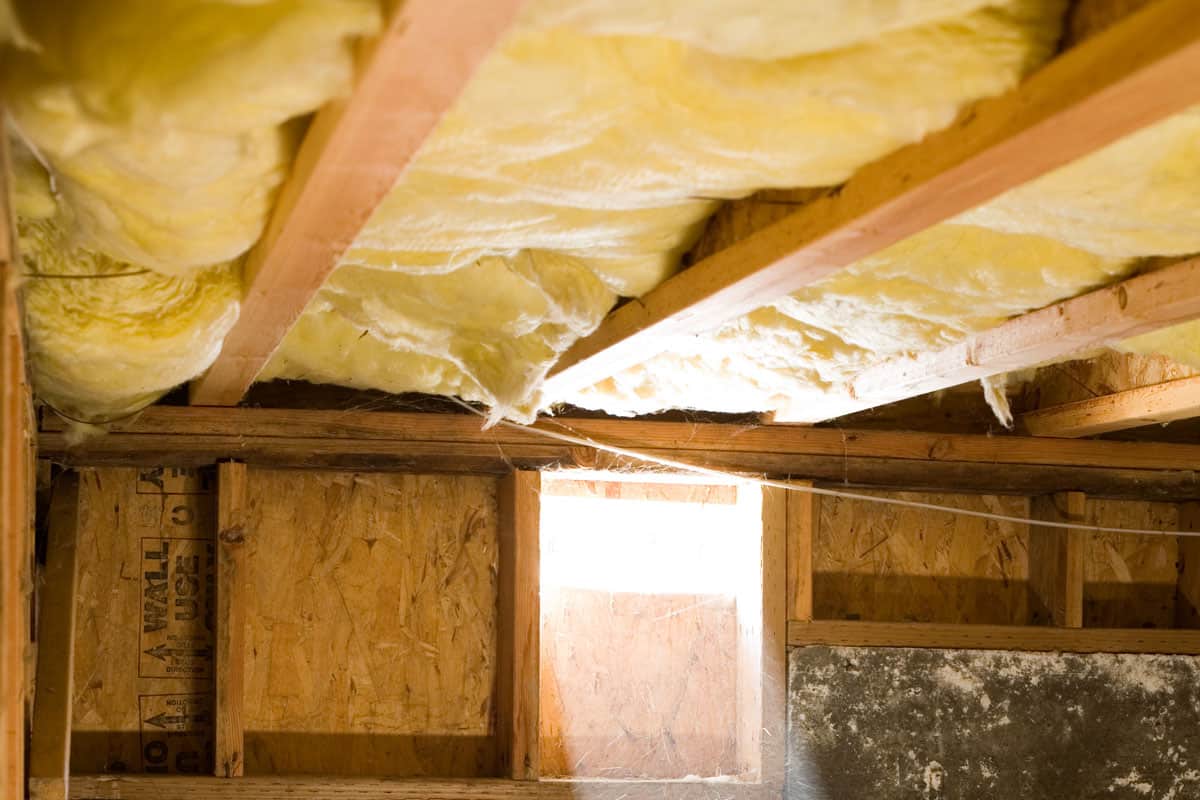

0 thoughts on “What Is R-7 Insulation Used For”